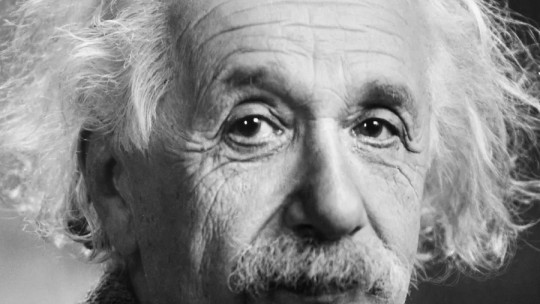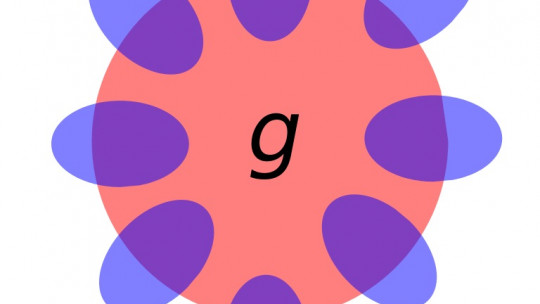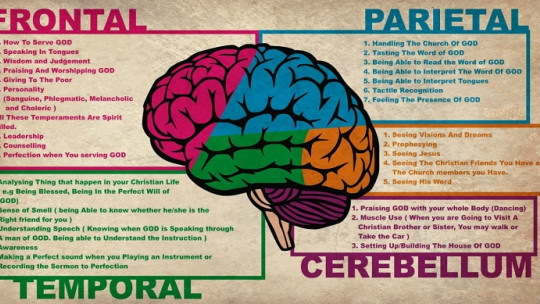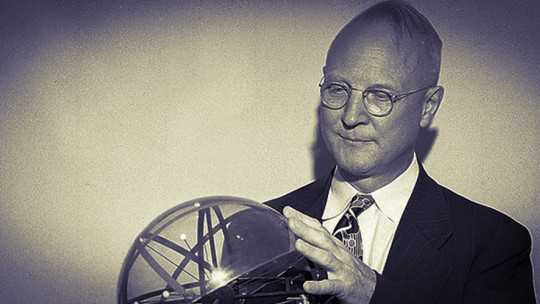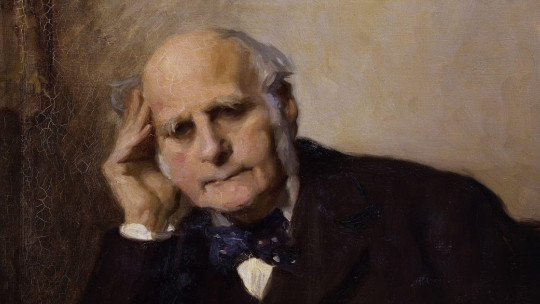
The study of individual differences, which today occupies one of the most important areas of psychology, has its roots in Francis Galton’s theory of intelligence
This researcher, in addition to being a pioneer in several branches of science (including meteorology), designed some of the first tools for measuring intellectual abilities, which allowed him to reach interesting conclusions about human intelligence and its relationship with inherited characteristics.
Who was Francis Galton?
Galton was born in England in 1822 into a wealthy family, which allowed him to be surrounded by a very intellectually active environment. He was a cousin of Charles Darwin, who decades later would lay the foundations of biology by refuting creationism and Lamarck’s theory of the evolution of species.
Darwin was a great influence on Francis Galton, and in part that is why he became interested in answering one of the great questions of psychology: are we who we are because of what we have learned or because of what we have inherited innately through our parents? Galton’s theory of intelligence sought to provide an answer to one part of this question: the one that refers to our mental abilities when solving problems.
The foundations of Galton’s theory of intelligence
At the time Francis Galton lived, it was barely beginning to be understood that life forms contain a series of genes that shape them, since Gregor Mendel, the researcher who initiated studies in genetics, was also born in 1822. However, However, it was already intuited that, in some way, the characteristics of fathers and mothers, or at least part of them, are passed on to their offspring, forming the basic traits of their biology.
On the other handit was understood that education and the influence of the environment have an impact on who we are and how we behave, and that this incidence already has an effect in our first weeks of life, confusing with the first forms of expression of our genes.
Francis Galton was counting on the fact that both heredity and learning are mixed when shaping not only our physical characteristics but also our psychological ones, but he wanted to know which of the two elements explained a greater part of the variance in the human population. in general. For this, he used tools that began to be widely used in the 19th century, partly thanks to him: statistics and tools for measuring psychological characteristics.
Studying the intellect
Galton designed a series of questionnaires to measure the traits and characteristics of population groups that he considered relevant, seeing that People with a better social and economic position tended to show greater signs of intelligence than the rest These studies also allowed him to see that intelligence, like physical characteristics, is expressed statistically through a normal distribution: the vast majority of people had a level of intelligence very close to the average, while people with extreme values ( due to their very low or very high intelligence) are always clear minorities.
Seeing that statistics could be very useful to understand the mental characteristics of our species and the way in which individual differences are expressed in it, he decided to use it to test the validity of his hypotheses about intelligence. He had come to the conclusion that the smartest people were a minority and that this coincided with the most well-off minority, but… was this a sign that expensive education favored the development of great intellects, or is it that the biological inheritance of rich families tends to generate intelligent individuals?
Nature versus learning: twin studies
To answer the above question, Francis Galton decided to look for cases in which the influence of innate inheritance could be ruled out, which would allow us to see the effects of learning. That is, he resorted to the study of monozygotic twins. Studying the differences in mental characteristics of these twins over several years, he observed something curious: they could be very different or very similar, but this pattern rarely changed over time. That is, twins who were very similar at birth continued to look alike many years later, and those who were very different from their earliest years continued to be so in later stages.
This discovery made Francis Galton, while recognizing the influence of learning and the environment on the individual, end up giving more importance to innateness and the inheritance received by fathers and mothers: in the endthe effects of a constantly changing environment did not appear to be very significant on the psychological traits of the twins which remained more or less the same over time.
Galton and eugenics
This idea was also reflected in Francis Galton’s theory of intelligence, which understood intellect as just another tool created by evolution and the selection of the best adapted individuals. Since more intelligent people had a greater ability to adapt to novel situations, this was a great evolutionary advantage that needed to be enhanced. Unfortunately, since Francis Galton adopted a nativist stancethis meant that for this researcher eugenics, or the selection of individuals with the best innate traits was a politically and socially useful measure.
Of course, unlike the “racial cleansing” plans embraced by the Nazis decades later, Galton defended positive eugenics: giving advantages to the population with the best biological legacy, instead of putting up barriers for the rest of the population. In practice, however, positive eugenics continued to be a clearly discriminatory proposal, which provided support for the supremacist movements that were already taking shape.

